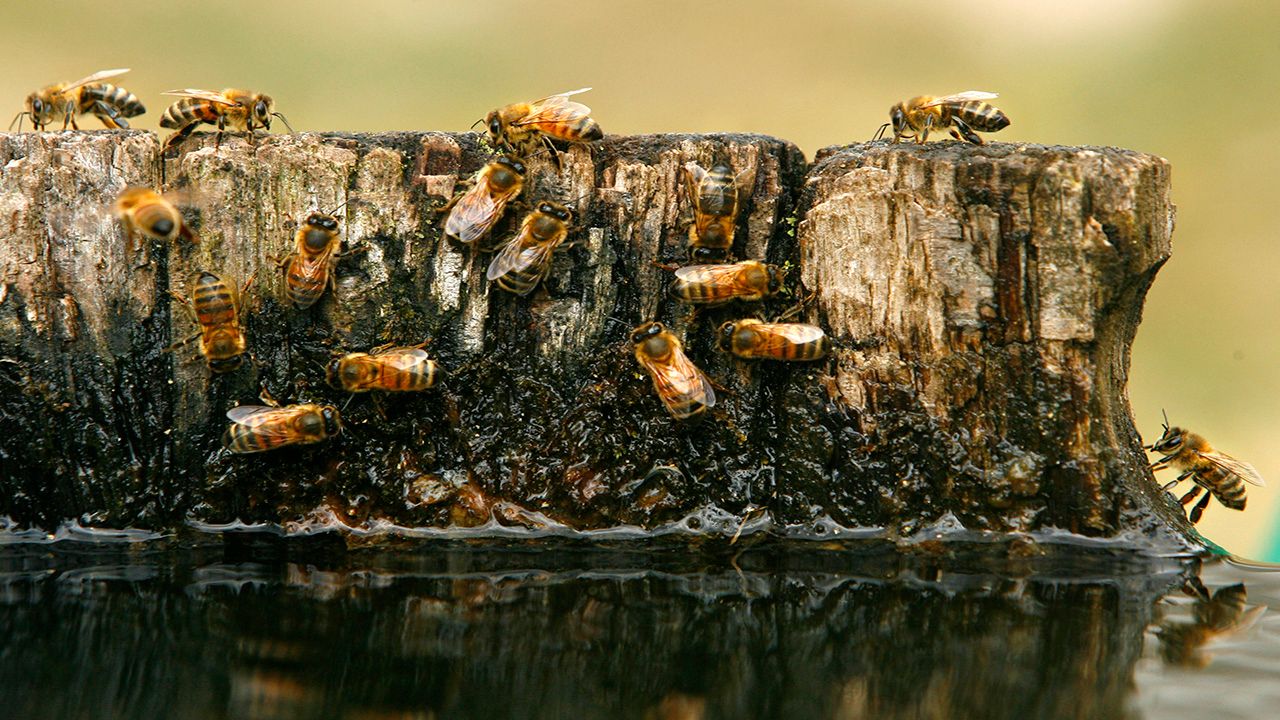BUFFALO, N.Y. — The Earth is warming, data has proven that.
Legislation has been proposed, sometimes it’s passed, other times it’s met with a resounding no. However, there is one thing we can do.
Actually, there are many things we can do to slow down climate change. In fact, slowing the emission of greenhouse gases could stabilize temperatures within the next decade, according to the NOAA.
“From the moment you wake up, all of your decisions can necessarily affect climate change,” Tom DiLiberto, a climatologist in NOAA's Climate Program Office said.
DiLiberto says the first change is as simple as opening your fridge.
“In the beginning of the day, let’s say you’re eating something, and one thing to think about is reducing food waste,” DiLiberto said.
According to the Food and Agriculture Organization of the United Nations, the resources needed to produce the food we lose or waste have a carbon footprint of about 3.3 billion tons of CO2.
Why does this matter? Carbon dioxide is a greenhouse gas, which means it absorbs and radiates heat. While it certainly helps keep the Earth warm, the rise in emissions is making the earth warmer. According to NOAA, it accounts for two-thirds of the Earth’s energy imbalance that is causing the temperature to rise. It’s also raising acidity in the ocean, interfering with marine life.
So, really for you, it’s as simple as watching what you buy. And what you put it all in.
“Reusable bags are a great way to reduce plastic use,” DiLiberto reminded. “Plastic use not only produces greenhouse gases, but it can get into our waterways and affect the fish and our ecosystems.”
DiLiberto says another simple change is using less electricity.
“Turning off your lights, do you really need it to be that hot in your house all the time? Can you just throw on a hoodie,” DiLiberto asked.
According to the EPA, electricity production accounted for a quarter of greenhouse gas emissions in 2019.
If you were looking for a reason to get rid of your lawn, here’s one.
“Grass is actually really carbon-intensive,” DiLiberto said.
DiLiberto says this doesn’t mean grass has got to go, but as you think about landscaping this spring, perhaps add more native plants and shrubs that absorb more CO2.
At the state level, New York state’s 22-member Climate Action Council is looking for public input on the Draft Scoping Plan that will eventually guide the implementation of the State’s climate goals.
“We are mapping out where we have emissions and what changes we need to make between now and 2050,” Basil Seggos, NYSDEC commissioner said.
2050 is when New York state is slated to be off of fossil fuels. Basil Seggos, who is the commissioner of NYSDEC says the state’s two largest sources of emissions are housing and transportation.
“If you own a home, for example, take the steps to better insulate it, swap out your windows, get energy-efficient appliances,” Seggos suggested. “All of these things tend to pay off over time.”
Take public transportation, carpool, combined trips, and of course, electric vehicles are now a more affordable option. There are even state tax credits available.
Seggos says the shift won’t be simple, but worth it. He says it will create a new economy, adding hundreds of thousands of new jobs. Plus, the savings when it comes to energy use, and health benefits, as a couple of examples, he says are staggering.
“[There could be a] $80 to $128 billion benefit across the state,” Seggos said.
Back to DiLiberto, and his final piece of advice.
“The easiest thing we can do, if you really want to help climate change, is doing what we are doing right now,” DiLiberto said. “That is talking about it.
If you want to be involved with the DEC’s public hearing on that Draft Scoping Plan, it is set for April 27 at 3:30 p.m. at Buffalo & Erie County Public Library Mason O. Damon Auditorium. The address is 1 Lafayette Square.










